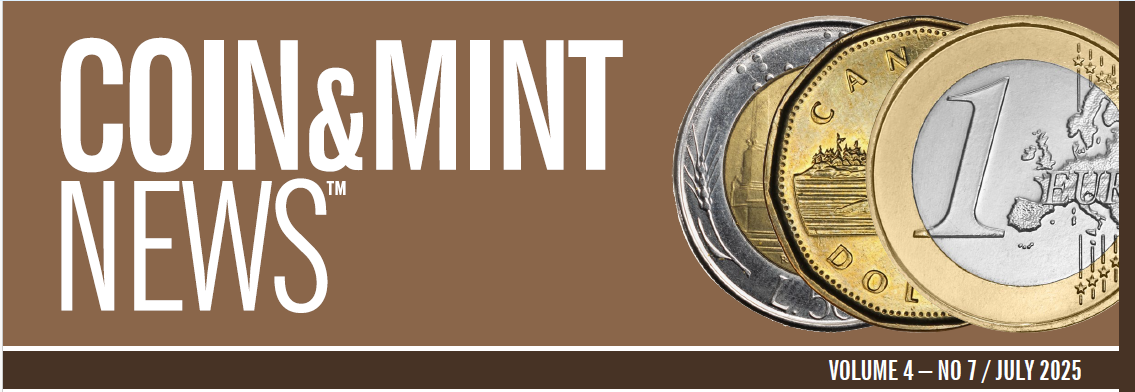
Adapting to Change, Looking to the Future at Osborne Coinage
Osborne Coinage is the oldest private mint in the United States. Based in Cincinnati, Ohio, the company was acquired by Royal United Mint in 2023, subsequently becoming part of HM Precious Metals last year. Amidst a continually evolving industry, Coin & Mint News™ spoke to CEO Andre McCaster about the changing coin landscape, the impact of tariffs, and the future of precious metals.Q: Firstly, could you tell us a little about your background in the industry?
A: I started working at Osborne when I was attending the University of Cincinnati, which is about five minutes away from our current location. I graduated with degrees in Marketing and Management, worked for a few different companies and then returned to Osborne in 1999 and worked across various departments, including sales and production. I have now been with the company for nearly 30 years.
Along the way, I developed a strong interest in production control, inventory management, and other operational aspects. At that time, we were manufacturing all the casino tokens for the United States and Canada, which was a major driver of our business.
Over the years, I’ve had many opportunities including as Vice President of Manufacturing. Around the same time as this role, the business, which had been in the same family for three generations, was considering its succession.
The owners asked me if I was interested in purchasing Osborne Coinage. I went through the acquisition process and ended up partnering with a foreign entity to buy the company. I hold a minority stake, with the majority previously owned by the Belgian Heylen Group, who also owned the Royal Dutch Mint. Heylen later sold its share to a German company, Heimerle + Meule GmbH (HM Precious Metals).
Along the way, I also earned a master’s degree in supply chain and logistics and an MBA with a concentration in finance. I have a broad academic background, but my passion really lies in the manufacturing side of the business.
Q: Looking to Osborne, what is the history of the company and what markets are you primarily involved in?
A: Osborne has existed in various forms since 1835. We're currently working with a research company to conduct a more in-depth exploration of our history.
Up until around 2023/24, we were primarily involved in what we call ‘tokens’. This included producing items for car washes, laundromats, and transit systems, for example. We also made all the Chuck E. Cheese tokens at one point. (Ed: these were tokens used to play games at Chuck E. Cheese, an American entertainment and dining chain, known for its arcade games, pizza and animatronic shows.). In the late 1990s and early 2000s, we were heavily involved in the casino industry, producing tokens for most of the riverboat casinos in the US, Canadian properties, and some South American markets.
As technology evolved and casinos shifted to ticket-based systems, that part of the business declined. Interestingly, we then moved into destroying the tokens we had produced, which became quite profitable.
Today, the business is roughly a 50/50 split between token production and numismatic collector memorabilia and commemorative products for events. The partnership with our German counterparts is key, especially as Heimerle + Meule, Germany’s oldest gold and silver refinery, specializes in precious metals. This gives us a reliable supply of fine silver and gold for high-end products.
The Minting Division forms an integral part of HM Precious Metals, where it aims to serve the global minting industry with a comprehensive portfolio of products and services - all from a single source. It covers the entire value chain of the coin industry, enabling us to offer our customers a comprehensive service - from the procurement of raw materials to minting, packaging and logistics.
H+M handles recycling and refining, delivering the metals in various forms. While we still use a few other sources, including some domestic suppliers - depending on timing and category - the majority of our precious metal supply is now sourced from Germany or from our partner in Madrid, Sempsa, which is also part of HM Precious Metals. The independence offered by this internal supply of precious metals, combined with the financial stability supported by the company, enable us to react flexibly and quickly to the needs of our customers.
Q: Have the recent US tariff amendments impacted the business? If so, how?
A: Tariffs have been in place for a while, which impacts our business in terms of importing materials in and adding costs. Those costs in our market cannot always be passed along to the end customer.
For Osborne, we can now see that customers are not ordering the volume that they ordered in the past, as it’s an extra cost for everyone. People are asking for discounted premiums for the service that we provide, which has an impact on the overall business volume that you bring in and your profitability when trying to grow the business.
It was particularly difficult to deal with when the status of the tariffs kept changing, but it’s now starting to get back to normal business now that these have been put on pause. It is still not at the levels that we would like or expect for this year, but it's becoming more stabilised, at least at the moment.
Q: Further to this, have you seen an impact on the wider market?
A: In terms of the token and non-precious metal side of our business, the majority of the materials are sourced within the US, so tariffs haven’t had a direct effect on that business. There is some impact indirectly, as economic uncertainty means people are a little reluctant to spend at this time.
I think people are waiting to kind of see what the administration is going to put in place and what the impact will be before they move. This is not just our industry, but colleagues in other manufacturing industries in the US are also saying the same thing. Customers are ordering, but maybe a little more cautiously, and waiting to see what happens.
We’re trying to leverage that ‘Made in America’ angle for our business and gain customers who may have been purchasing outside of the US. If tariffs result in some of that business returning to the US, then we hope to take advantage of that.
Q: Does local production mitigate the effects of tariffs?
A: Not directly. We’ve noticed an increase in customer enquiries. People are seeking alternatives in case tariffs significantly drive up costs. It is more about preparation and putting backup plans in place.
We haven’t seen a flood of new orders just yet. It is again more about checking that there is an alternative supplier if prices do rise.
We are having new conversations with customers that we haven’t engaged before, so it is opening up dialogue, but we haven’t necessarily seen enough business coming back to negate some of the slowdown that is occurring in the numismatic market right now.
Q: Presumably this makes forecasting quite difficult?
A: Absolutely. We do our forecasting in October, which is a more than educated guess for where we’ll be in six or seven months. This can be difficult when navigating a changing administration and new policies, and seeing the impact that’s going to have on the business.
It’s not just us, the whole market for precious metals and the mint industry has been impacted. Gold prices have been over $3,400 an ounce, with silver over $36 an ounce. This is not necessarily demand, it’s speculation, with people reacting or trying to predict what the market is going to do. This is driving that price higher, which impacts the volume and what people are going to invest in, some of which are our products.
Q: Where do you think the market is going?
A: To me, it can’t go anywhere but up. I’ve been in this industry for 30 years, and I’ve seen the ups and downs and the natural flows of the market. It can be difficult to wait out the process when it’s at the bottom, but history tells us that there will always be an uptick.
Every time you think it starts stabilising and you see indicators that the market may breakthrough again it drops back down, but it will eventually pick back up.
Q: What do you think is key to ensuring continued interest in numismatics?
This is something often discussed at industry events, how to engage younger audiences and more diverse demographics. Traditional demographics will always play a role, but diversification is essential.
Developing programmes to engage a broader audience is important, as well as making the product appealing to those who may not have purchased these items in the past.
Being part of HM Precious Metals is key here. It allows us to receive a lot of knowledge in multiple areas, including manufacturing techniques and capabilities and process improvements. This also helps us be more creative and go beyond a round flat coin or token, taking a standard product and rebranding it.
Q: Finally, where do you hope to be in five to ten years?
A: I think our partnership with H+M will help Osborne to become more focused on precious metals, particularly more gold. We used to offer one or two pure gold products because we didn’t necessarily have that reliable source of gold, which is now not an issue. We are able to provide highest quality products plus hedging and financing services
The partnership allows us to invest in new technology, equipment, and processes to make sure that we can compete with companies both within the United States and globally. There are seven entities in the group, and we meet on a regular basis to share ideas. This combined expertise supports the offering of a comprehensive range of services, including precious metals recycling, trading, hedging and financing, production, design and toolmaking, and minting services, in addition to packaging and logistics.
Over the next few years, we’re going to keep updating the equipment and are currently exploring opportunities to build a new facility tailored around making us a world class precious metal numismatic manufacturer.
Growth will occur around the silver and gold, and with our the minting division helping us along the way we should be able to compete with any of the larger mints while still leveraging our ability as a small company to be flexible and have quick turnarounds.
Our biggest goal is to let people know that we’re here in the United States and would love the opportunity to show what we can offer. Whether it’s tokens or numismatic products – gold or silver – we are able to manufacture and distribute these within the huge market that is the United States.
To read the original magazine article, click here.
###
For more information about Osborne Mint or its parent company, Osborne Coinage, click here - https://osbornecoin.com/osborne-family-of-companies
Established in 1835, Osborne Mint is America’s oldest continuously operating private mint. Osborne Mint is part of HM Precious Metals and the Osborne Coinage family, which includes Osborne Coinage, TokensDirect and Van Brook of Lexington. The mint, a 60,000 square foot facility in Cincinnati, Ohio, houses the development, engraving and manufacturing of numismatic quality collectible rounds, bars and coins.
Every Osborne Mint product is manufactured to strict standards for metal purity, weight and dimensions. Osborne Mint strikes thousands of collectible rounds annually and circulates them to the public through certified distributors. Gold, fine silver, copper and brass collections from Osborne Mint are truly pieces of art and are 100% “Minted in America.”
Stay in the know, follow our hashtag: #OsborneMint




Let Us Know What You Thought about this Post.
Put your Comment Below.